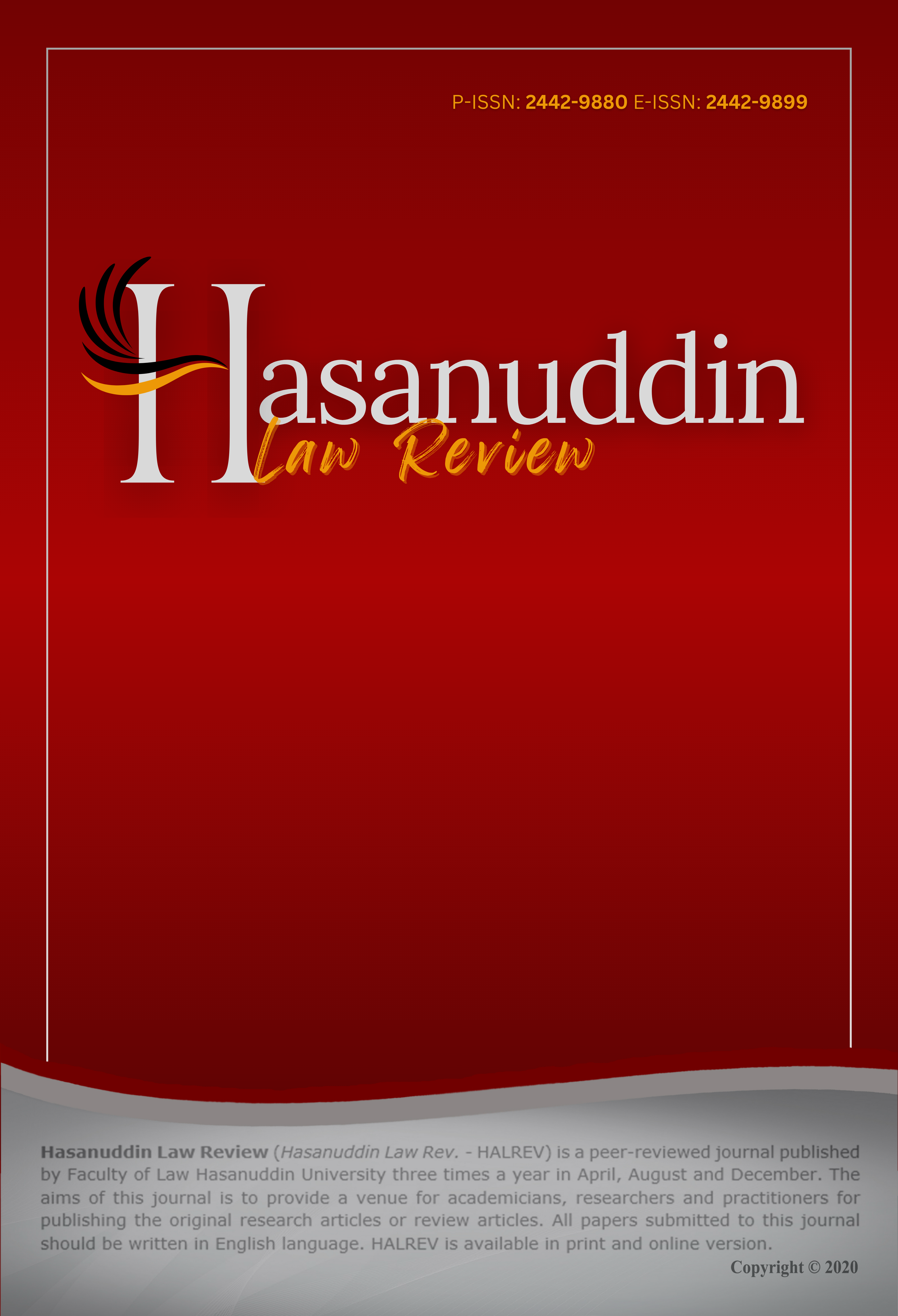Abstract
The history of the global economy is closely tied to the control of international trade routes, with maritime dominance playing a central role—evident in the supremacy of the Phoenicians, Arabs, and later European colonial powers. In the post-Cold War unipolar era, the USA has leveraged globalization through its maritime military hegemony. The Indian Ocean, particularly the Bay of Bengal (BoB), represents a critical hub for global sea trade and economic connectivity, intersecting with the South China Sea. Ensuring regional peace and stability is essential for sustaining international maritime trade and blue economic growth. This research introduces a novel Comprehensive Ocean Management Regime (COMR) tailored to the BOB maritime-littoral region to address these challenges and advance sustainable blue economic objectives. By critically analysing global coastal and ocean governance practices—such as Maritime Protected Areas and Integrated Coastal Zone Management—the study identifies policy, management, and operational challenges and proposes actionable solutions. Recognizing the limitations of aggregated sectoral data and the scarcity of precise quantitative insights, the study adopts a qualitative approach and employs the Delphi method to gather expert consensus through iterative analysis. The COMR framework provides a unique, actionable model that can guide sustainable maritime policy and management in the BOB region, contributing to the broader discourse on sustainable ocean governance.
- The journal holds the copyright for each article published with work licensed simultaneously under a Creative Commons Attribution 4.0 International License, which allows others to share the work with an acknowledgment of the authorship and early publication of the work in this journal.
- Authors must agree to the copyright transfer agreement by checking the Copyright Notice column at the initial stage when submitting the article.

